Triphala
Amalaki: mainly has an effect on the lungs, stomach, liver and heart. Amla’s sour taste is associated in Ayurveda with Pitta energy and the element of fire. Amla is a rich source of antioxidants, flavonoids, carotenes and vitamin C. It is one of the richest sources of vitamin C and has 20 times more vitamin C than a lemon. Thanks to the tannins in Amla, the vitamin C is resistant to heat and does not break down during long storage.
Haritaki has six Ayurvedic flavors, with a predominance of bitter, which is associated with Vata energy and the element of air. The fruit, which is harvested in the spring, is a rich source of tannins, amino acids and fructose. It also contains succinic acid and sitosterol. Studies have shown its diastolic effect, which results in lowering hypertension and reduces painful intestinal spasms. This confirms its traditional use in cardiovascular disorders and spastic diseases of the large and small intestines.
Vibhitaki is sweet, bitter, astringent, tart and warming. It mainly works on the lungs, heart and liver. It contains 35% oil and 45% protein. The oil is used in India to make soap and is also used as a cooking oil in place of Ghee (buffalo milk butter). The sweet-smelling oil is 35% palmitic, 24% oleic and 31 linoleic. Linoleic oil is the main fatty acid associated with raising the HDL (“good” cholesterol) fraction and lowering the LDL fraction considered a risk factor in the development of coronary heart disease.


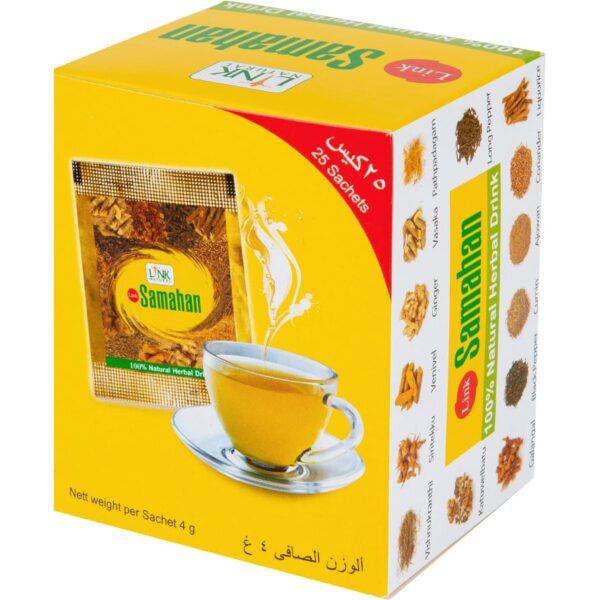
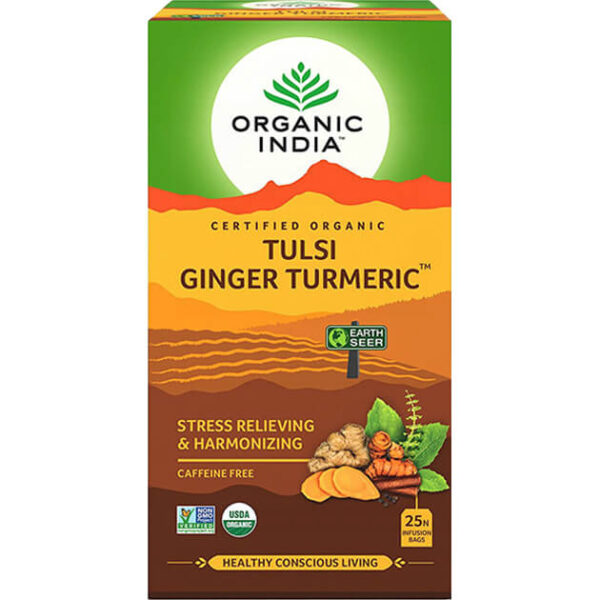
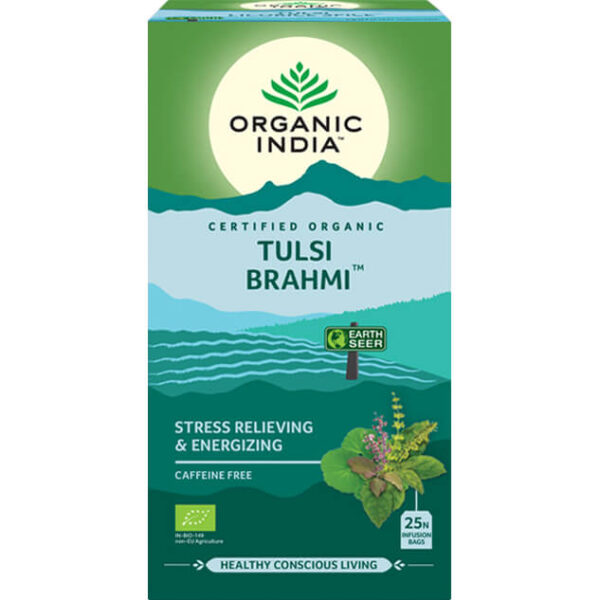
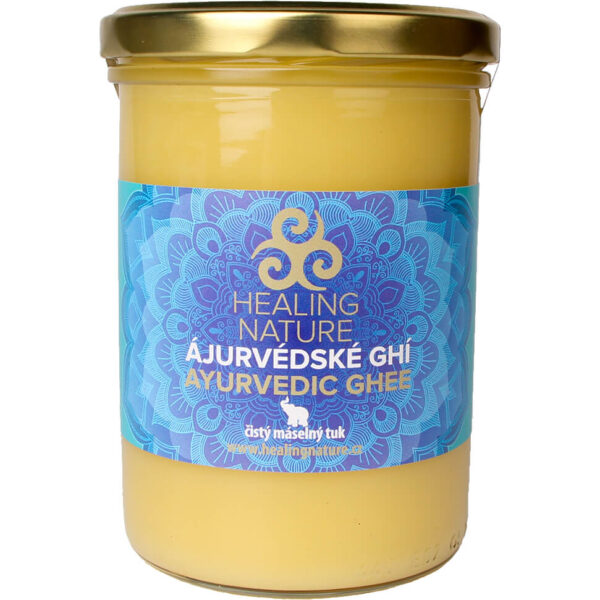

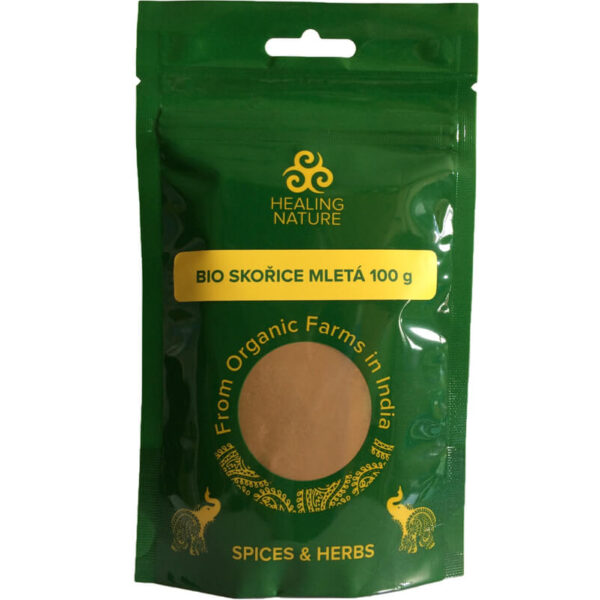
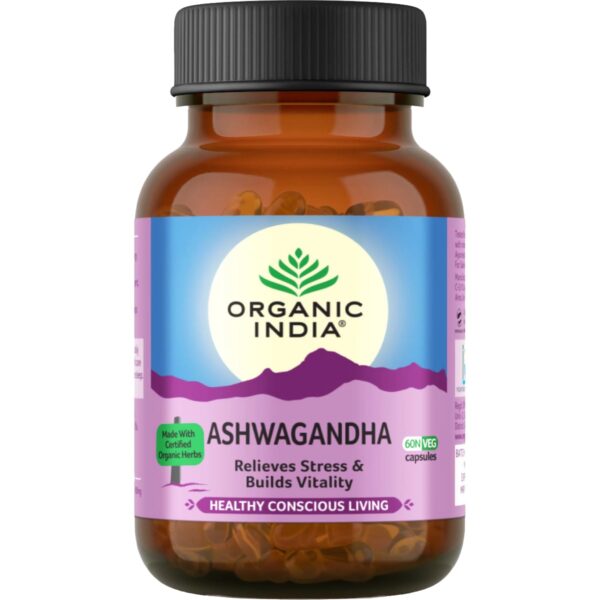

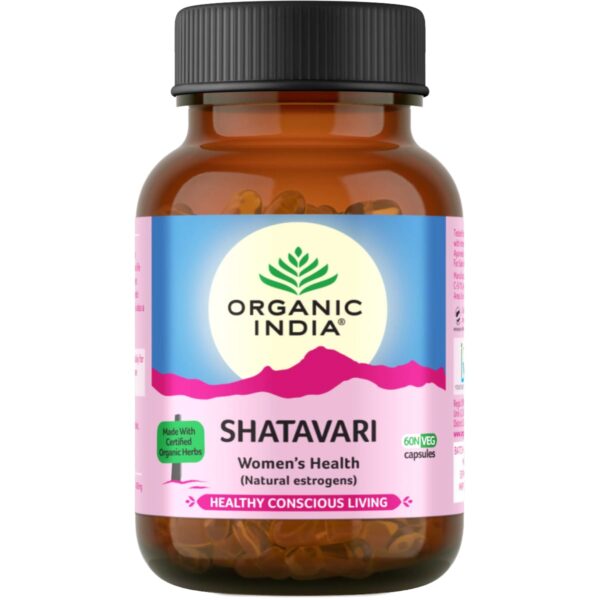
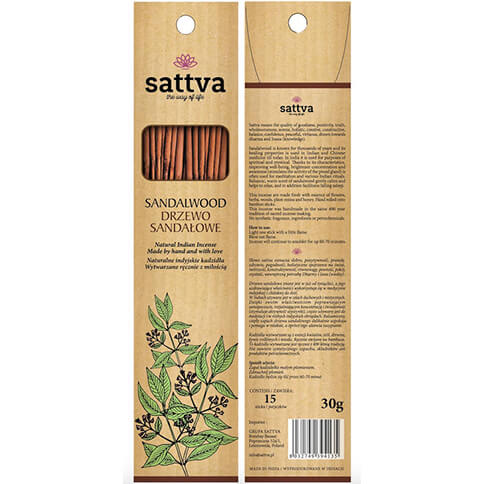

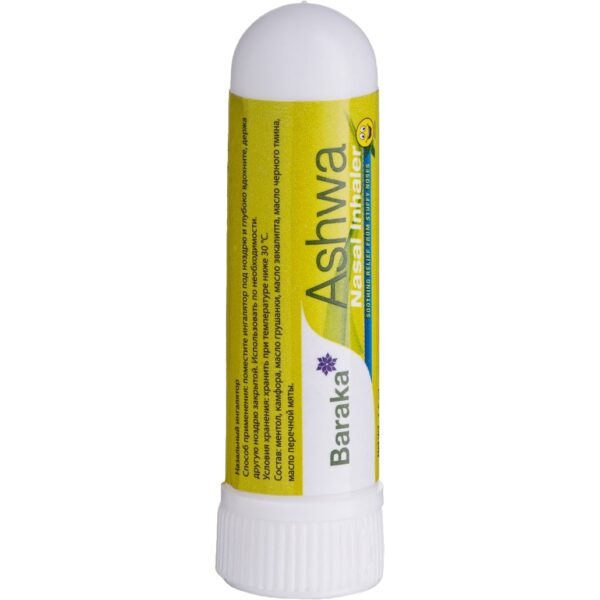



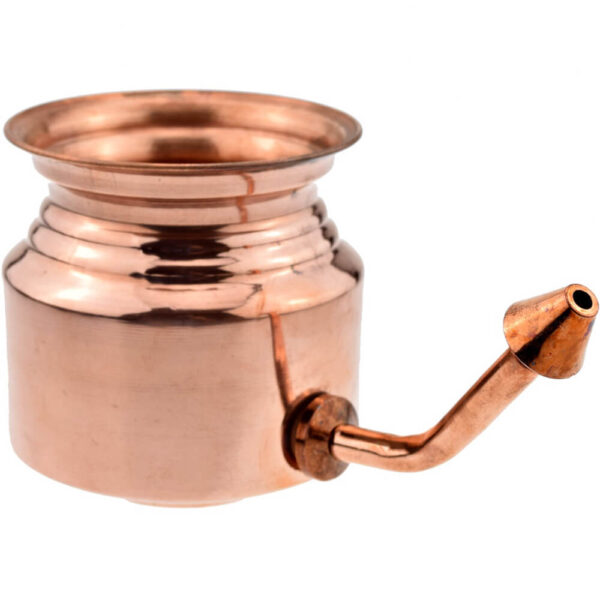

























Michal –
Hodnotenie 1
Michal –
Hodnotenie 2
Michal –
Hodnotenie 3
Michal –
Hodnotenie 4
Michal –
Hodnotenie 5